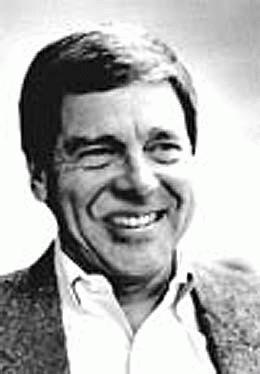On January 10, 1977, King County Superior Court Judge David Soukup organizes Court Appointed Special Advocates (CASAs) to speak for children in dependency and custody cases. Specially trained volunteers represent children who are caught up in the court system. These volunteers are known as Guardians Ad Litem. The program will grow and spread across the country, and by 2002 volunteers in 930 local programs will represent more than 270,000 children in 45 states. In Washington, CASA programs will be organized in 33 counties.
In 1976, Judge Soukup became frustrated that the foster care system for children did not provide for representation in court for the children the way that the parents or government agencies were represented. "There was nobody in the courtroom telling what were the real facts" (Seattle P-I) "I was consumed by the fact that I didn't have enough information about each child, and I just didn't know if I had done the very best job I could," he later stated (LA Times).
Soukup guessed that volunteers, properly trained, could speak for the children and give judges better insight into facts not provided by the arguing parties. Judge Soukup tapped social worker Carmine Ray-Bettineski to put together a program and he put out a call for volunteers. Soukup suspected that four or five people would show up. Instead, 50 to 60 people appeared. "I knew I was onto something," he said (LA Times).
In 1979, the National Council of Juvenile and Family Court Judges recognized the King County system as a national model and coined the phrase Court Appointed Special Advocate or CASA to distinguish volunteers from lawyers. The program grew in King County to include children in divorce and custody cases. Other jurisdictions picked up the idea, and in 1983 Judge Soukup helped organize a national organization to provide training standards and guidelines. Carmine Ray-Bittineski became the first president of the National Court Appointed Special Advocate Association. That same year, CASAs were assigned to divorce and custody cases in King County Family Law Court.
In dependency cases, CASAs investigate the circumstances that led to the allegations of neglect or abuse and report to the courts their findings and their recommendations. In addition to conveying the wishes of the children, the CASA expresses his or her conclusions and makes certain that the children and other family members receive any social services that are needed. Dependency CASAs are often assigned to cases for years. In Family Law cases, the CASA investigates cross-allegations and reports findings and recommendations.
CASA programs are funded by a combination of public appropriations and private donations. Volunteers undergo a background and reference check and must complete several days of specialized training. In addition, CASAs must complete in-service training. The volunteers are supervised by staff members in the court system. Two national studies, in 1988 and 1990, determined that volunteers performed as well as lawyers in dependency cases, with the difference being that the volunteers' cases resulted in more adoptions (Courter, 349).
Judge Soukup left the bench in 1993, re-entered private practice, and volunteered a third of his professional time as a CASA.

